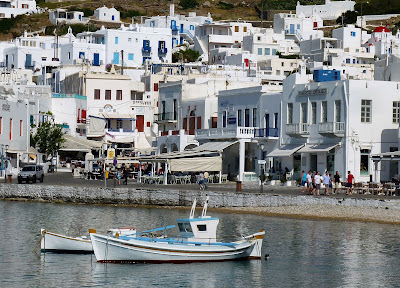it's the things you don’t do...
...after exploring 17 countries over the last 14 months this amazing journey of mine has come to an end!
During this past year I have come to realize that the way to live life is to create memories because in the end that’s all we really have. When I think back over the last 5 years or so I can only recall a few major events that happened to me. Whereas this past year I remember almost every single day, be it the good times, the frustrating times, the boring times, or the absolutely amazing times.
I know that many people have wondered how I could financially afford to take a year off and travel. I can’t say that it was always easy, especially during those times when my bank account said I only had $30 to my name and my credit cards were maxed out. But with a few generous loans from friends and family I was able to keep traveling.
In the end I spent a total of $23,000 over 14 months. Traveling on such a tight budget I learned a lot about what mattered to me. Was it worth it to spend $4 on a Starbucks coffee when I could spend the night in a hostel in China for that same amount? Typically no, but occasionally I'd splurge on a coffee!
Thanks to all of you who have followed me on this epic adventure. And to all the amazing people I encountered along the way, it's been a real pleasure!
Until the next adventure (hopefully Central & South America)...
...after exploring 17 countries over the last 14 months this amazing journey of mine has come to an end!
During this past year I have come to realize that the way to live life is to create memories because in the end that’s all we really have. When I think back over the last 5 years or so I can only recall a few major events that happened to me. Whereas this past year I remember almost every single day, be it the good times, the frustrating times, the boring times, or the absolutely amazing times.
I know that many people have wondered how I could financially afford to take a year off and travel. I can’t say that it was always easy, especially during those times when my bank account said I only had $30 to my name and my credit cards were maxed out. But with a few generous loans from friends and family I was able to keep traveling.
In the end I spent a total of $23,000 over 14 months. Traveling on such a tight budget I learned a lot about what mattered to me. Was it worth it to spend $4 on a Starbucks coffee when I could spend the night in a hostel in China for that same amount? Typically no, but occasionally I'd splurge on a coffee!
Thanks to all of you who have followed me on this epic adventure. And to all the amazing people I encountered along the way, it's been a real pleasure!
Until the next adventure (hopefully Central & South America)...














































